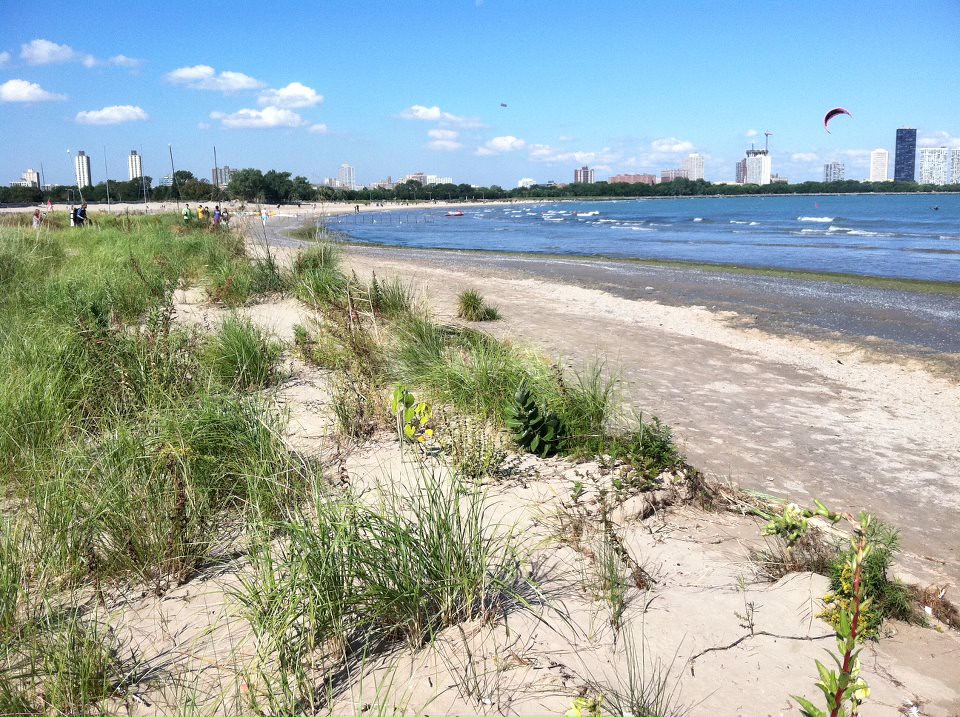We have much more to do and your continued support is needed now more than ever.
Investing in Infrastructure will Help Cities Across the Country with Climate Change

What do Chicago, New York, and Detroit have in common? If you guessed that they are all big cities that recently experienced major flooding, you guessed correctly.
Cities across the country are experiencing heavy flooding due to climate change and years of disinvestment in physical and natural infrastructure. Investing in water infrastructure—including natural climate solutions—protects water quality, safeguards public health, enhances wildlife habitat, and creates quality job opportunities.
Chicago

Chicago, home of the Cubs and the Sox, famous for their pizza and their flooding? Chicagoans found themselves trapped beneath an underpass waiting to be rescued from severe flooding after a series of thunderstorms swept through the city at the end of June.
Chicago, built on a swamp, found a solution to its unique geographical issue: a canal connecting two vast watersheds; The Mississippi River Basin and the Great Lakes. The constant fluctuation of water levels caused by climate change threatens the structure of the city.
Mayor Lightfoot launched the Chicago Works job and infrastructure program, a five-year multi-billion-dollar Chicago Works Capital Plan. The 2021 first installment will include over $600 million of infrastructure modernization projects to enhance the quality of life for all Chicago residents in all 77 communities. The data-driven plan addresses the worst first, along with an emphasis on equity and safety to create jobs and spur the City’s recovery from the COVID-19 pandemic while addressing the decades-long backlog of infrastructure needs.
New York
The New York subway, the largest subway system in the world, felt the full effects of tropical storm Elsa. Millions of New Yorkers who count on the subway for their daily commute had to think of creative ways to get around the flooding. Some chose alternative routes after parts of the system were shut down; others wore rain boots and braved the system in garbage bags to get to their destinations.
The centuries-old system, much like the infrastructure in Chicago, was built for a different time and a much different climate.
Detroit

The motor city found motorists unable to get around the city after a week-long series of thunderstorms. Highways and roadways disappeared beneath floodwaters, creating rivers inside of the city.
Governor Whitmer declared a State of Emergency to aid displaced residents experiencing power outages. Detroit, like many cities, has suffered as a result of years of disinvestment in critical infrastructure.
The National Wildlife Federation and the African American Mayors Association are committed to the mission of investing in infrastructure; which means safe, reliable transportation, a thriving economy, and flood-free homes and highways in every community.






















